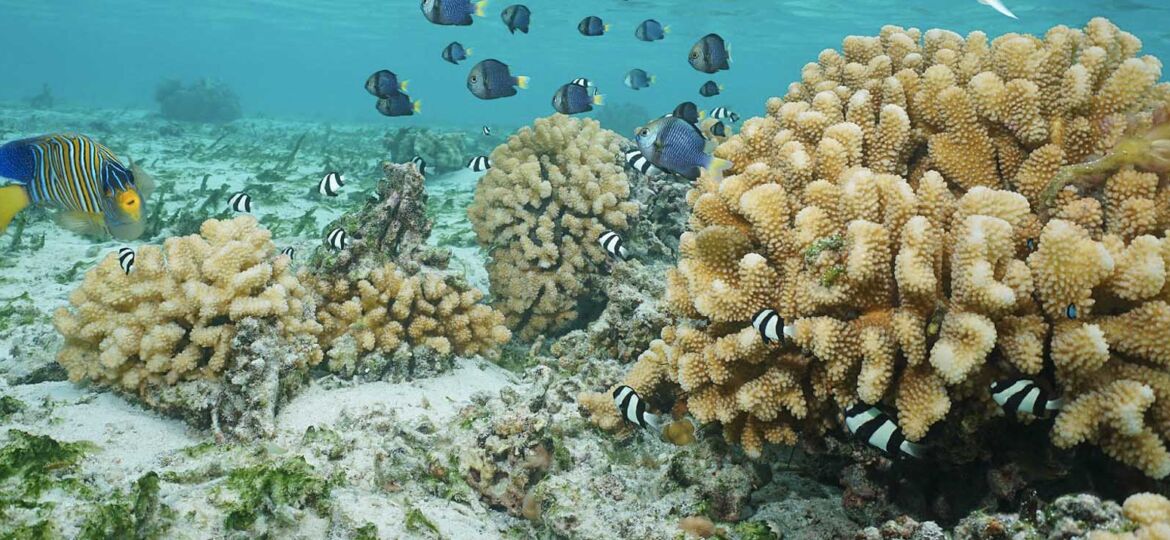
WHY THIS MATTERS IN BRIEF
With more coral bleaching events becoming more common, and increasingly severe, conservations are struggling to preserve some of the world’s finest reefs.
A lot has changed since Fabien Cousteau’s grandfather Jacques started teaching about marine conservation in the 1950s, for a start we’re using hunter killer robots to kill invasive underwater species, like Lionfish and Crown of Thorns starfish, for a start. But sixty years of warming oceans, overfishing, and pollution have left today’s ocean ecosystems significantly damaged. The World Wildlife Fund estimates that one quarter of the world’s coral reefs, for example, are damaged beyond repair, and two thirds are under serious threat. Luckily Cousteau, who is a self-described techie, can advance conservation with tools his grandfather never dreamed of.
Inspired by advancements in 3D printing, Cousteau and a team of researchers from the Fabien Cousteau Ocean Learning Center, his non-profit that focuses on awareness, education, and research in ocean conservation, are experimenting with printing coral reefs as a method of rehabilitation. This winter a team of divers installed the first artificial reef on the ocean floor off Bonaire, a Caribbean island near Venezuela whose reefs are relatively healthy and well-protected – an ideal site for in situ tests.
In natural reefs, corals build up on stone “skeletons” of calcium carbonate, which have millions of nooks and crannies in their surface. Tiny organisms called polyps root in the pores of this stone, forming the colorful, fleshy organisms we picture in reefs. Polyps usually take root in old skeletons left behind by other reefs, or form their own over time – at a breakneck pace of one centimeter a year to one centimeter a century. Cousteau is printing more skeletons for them to live in, building new reefs much faster than usual – and attracting the fish, octopuses, and other animals that typically live there.
The idea of dropping potential polyp homes into the ocean isn’t new – scientists have used concrete and even subway cars to encourage reef growth. But Cousteau’s effort has a key resource in its favour: nature itself.
“We’re experimenting with building coral out of what coral is made of,” Cousteau says, “nature does things better than we could ever imagine doing. Why not use that lesson in creating a coral structure?”
His skeletons are made of the same material as natural coral, calcium carbonate, which only became printable in the last few years. He’s developed three different pore textures and has more than 30 different coral shapes that visually replicate the form of a natural reef. The printed structures, which will be 3×3 inch tiles or 6×12 inch tall towers, will be anchored to the ocean floor on trays or integrated directly into existing reefs.
After successful lab tests, Cousteau hopes to see the Bonaire corals blooming and thriving by early spring. And while the 3D printed structures won’t solve all the problems caused by ocean and global warming, he thinks they’re an important and attainable preventative measure.
“The idea is to give a leg up and give all the advantages to the natural ecosystem,” he says, “nature is very resilient if you give it a chance.”
















